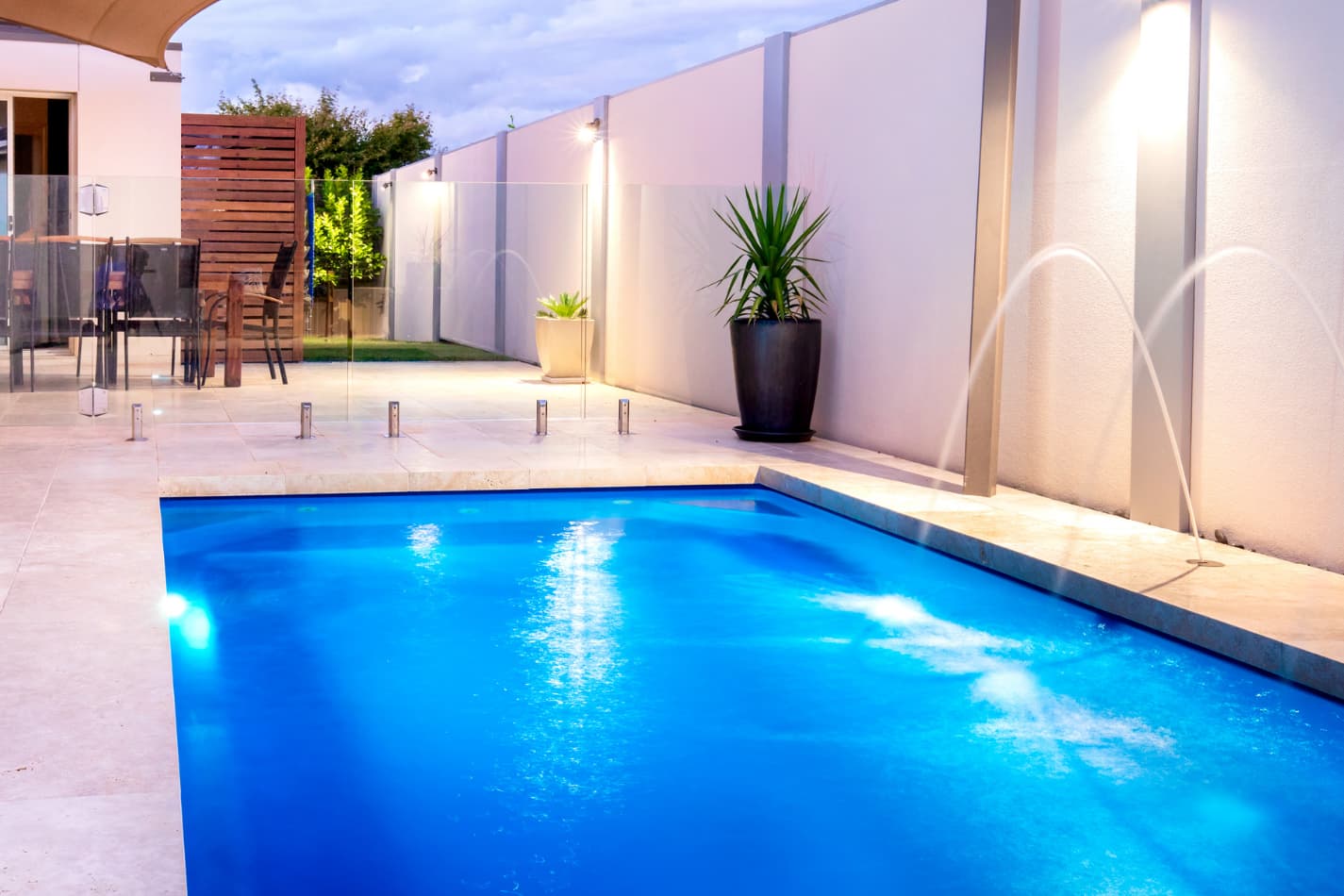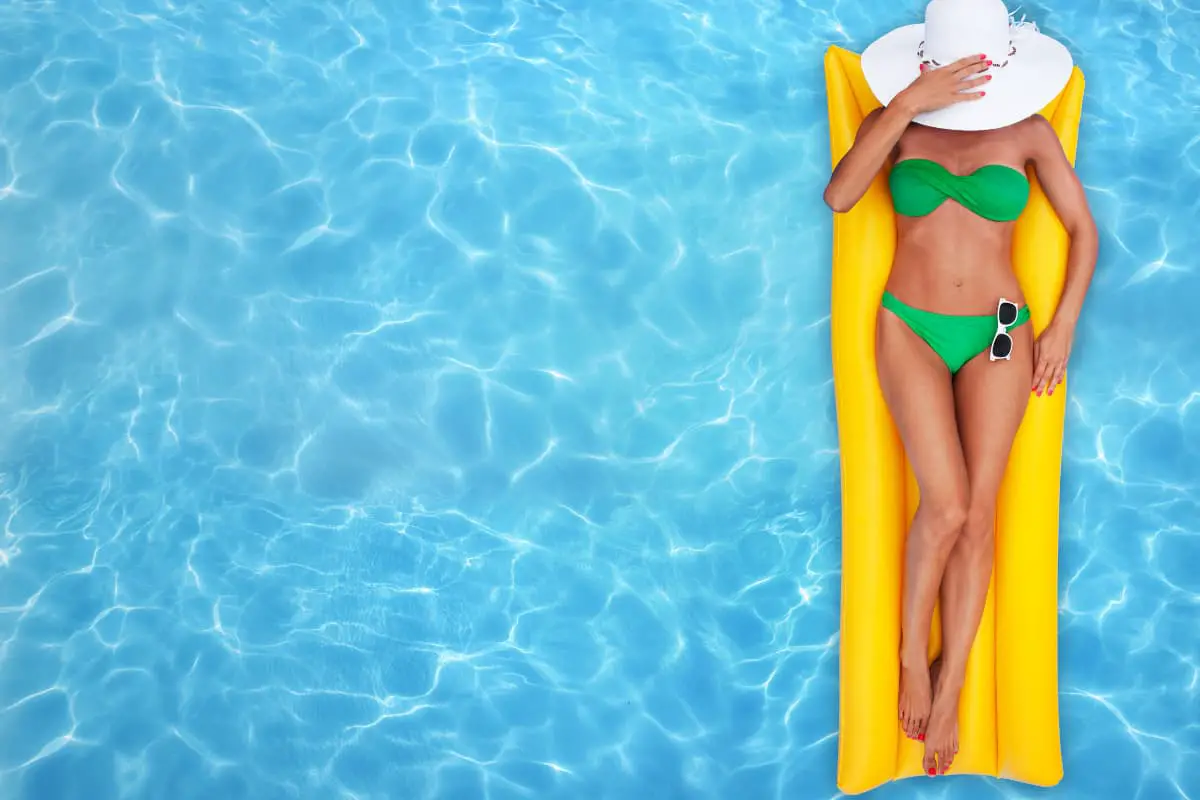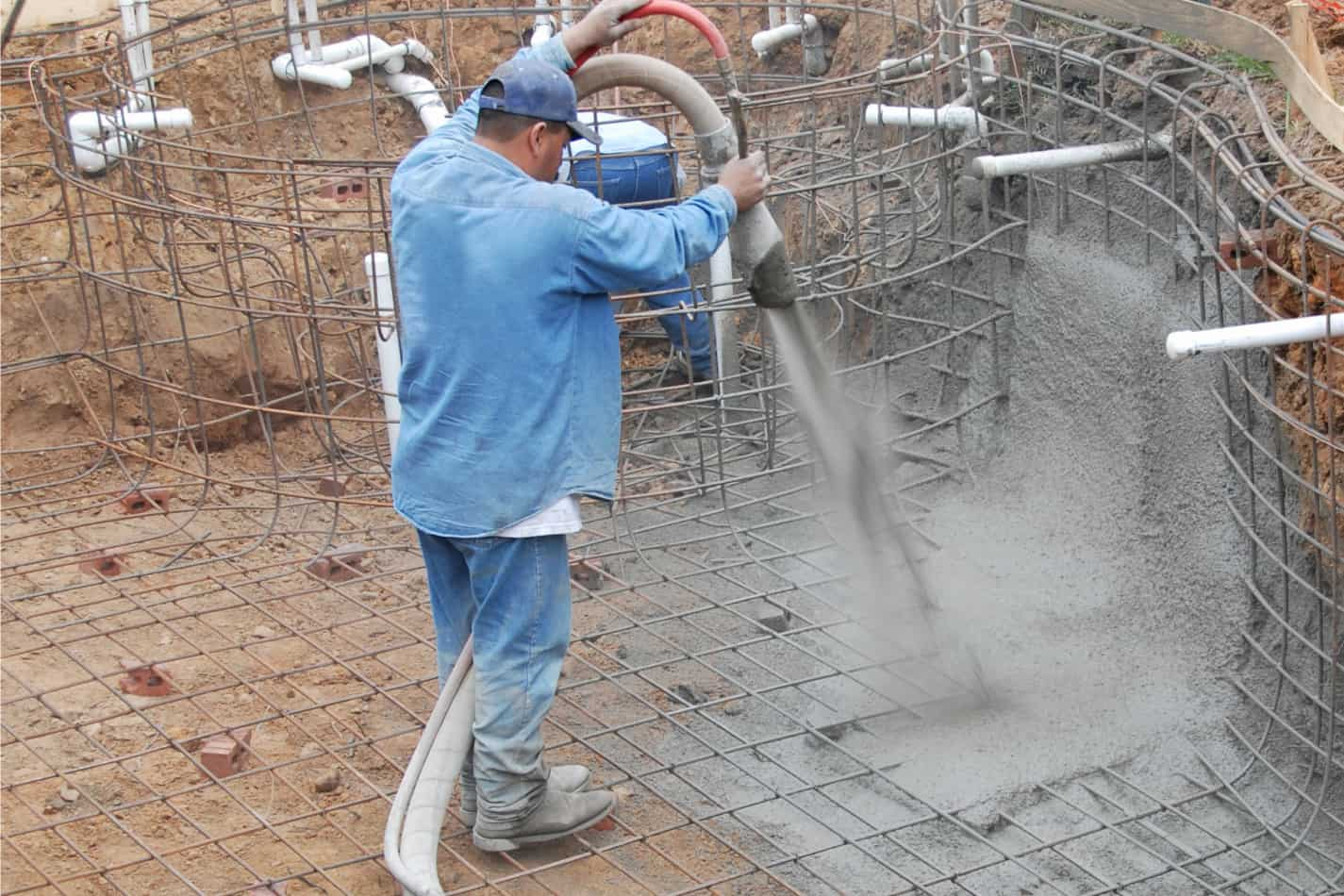Pool Backwashing: What Happens When You Skip a Backwash?

As an Amazon Associate I earn from qualifying purchases.
After a long day at school or at work, an in-ground swimming pool in the backyard is a welcome sight. The water in in-ground swimming pools is held in a basin, and many of these basins are made of fiberglass shells.
In some cases, owners of in-ground fiberglass pools will consider what it would take to convert them to above-ground pools. However, Fiberglass inground pool shells aren’t designed to be used as completely above-ground swimming pools.
In any case, to enjoy the maximum benefit of your pool, whether inground or partially above, you must observe proper maintenance. You can keep your pool clear and sparkling by backwashing it and utilizing various fiberglass pool chemicals. Otherwise, you risk accumulating unwanted pool algae or creating unsanitary pool conditions.
Backwashing is the procedure for removing debris and dirt that has become trapped in the filtration system. If you don’t backwash your pool, you’ll end up with a broken skimmer, murky water, and an unsanitary pool.
If you’re wondering whether a fiberglass pool can be partially above the ground, when to backwash it and what happens when you skip a backwash, search no further. This article provides answers to all your worries. Read on to learn more.

Why do you need to backwash regularly?
Your pool filter collects dirt in the same way that a vacuum cleaner, air conditioner filter, or your children’s bedrooms do! When the filter becomes clogged with dirt/debris, water flow to your pool is reduced.
Low flow equals poor circulation, which leads to algae growth in the pool. To summarize, you must backwash your filter regularly to keep your pool water clear.
What happens when you skip a backwash?
Backwashing is a simple process and must be carried out regularly for the best filter results. However, skipping a backwash or backwashing incorrectly can lead to costly repairs and waste the money you spent on the filtration system.
When should you backwash?
It is recommended that you backwash your filter once every 4-6 weeks of regular use. Furthermore, several situations would necessitate backwashing in addition to the regular monthly backwashing.
- If your filter runs nonstop for 48 hours, you will need to perform a backwash. Without stopping, it will “settle” onto your filter grids. Even if your filter grids are clean, this can result in pressure buildup.
- If an unusual amount of dirt, dust, or debris enters your pool water, you should probably backwash it. A heavy rain, for example, washes sediment into the pool, or a potted plant falls into the pool.
- If the pool has been subjected to a high bather load for an extended period. For example, ten or more people swim every day for a week. Tanning oils, sweat, and hair products can clog a DE filter.
- Aside from these exceptions, you can expect to backwash once a month. Check your filter pressure both before and after backwashing. If your pressure remains elevated, your filter may need to be disassembled and cleaned.
Can a fiberglass pool be partially above ground?
With the recent explosion of fiberglass pools in the global swimming pool market, many homeowners wonder if such structures can be built partially above ground.
First, a standard fiberglass pool is designed to be installed fully inground or partially above ground, but not completely on the ground without backfill material.
When talking about a partial above-ground installation, we usually mean that the shell is installed up to 18 inches above ground level, with a framed deck installed at the level of the pool’s top.
Consider the following:
Fiberglass Shell
Fiberglass inground pool shells have thin walls and are designed to fit into holes that have been excavated specifically for each one. All fiberglass inground pool shells rely on the structural support that the ground provides.
An above-ground fiberglass pool shell filled with water would soon bulge outward and collapse if it lacked sufficient structural support. An unsupported fiberglass pool shell would be unable to withstand the immense water weight in an above-ground fiberglass pool shell.
Strength of Fiberglass
A fiberglass in-ground pool shell is built to be extremely durable, but it has a thin wall. Most fiberglass shells for in-ground swimming pools are 3/16 to 3/8 inch thick and flexible.
A 40-foot-long, 20-foot-wide, 4-foot-deep pool, on the other hand, holds 24,000 gallons and nearly 200,000 lbs. (100 tons) of water. The shell of a pool this size sitting completely out of the ground will be ruptured by 100 tons of water pressing outward.
Fiberglass inground pool shells have thin walls and are designed to fit into holes that have been excavated specifically for each one.
An above-ground fiberglass pool shell filled with water would soon bulge outward and collapse if it lacked sufficient structural support.
Support for the Structure
If you want to use an in-ground fiberglass pool shell for an above-ground pool, you’ll need to buttress and brace it properly. Unfortunately, fiberglass pool shells that are installed in the ground aren’t designed to be used completely out of the ground.
Typically, only about 18 inches of fiberglass pool shell can be exposed above ground without strong structural support. All fiberglass in-ground swimming pools, on the other hand, can be partially built out of the ground if properly supported.
Other Considerations
Above-ground fiberglass pool shells typically have a maximum of 3 feet of the shell exposed, with the remaining 18 inches supported by a retaining wall. One reason for partially exposing a fiberglass in-ground swimming pool shell is to construct elevated pool decking around it.
You’ll need a specially reinforced shell if you want an entirely above-ground fiberglass pool. For above-ground use, reinforced fiberglass pool shells are thicker and have more extensive support built into their manufacturers.
- If you want to use an in-ground fiberglass pool shell for an above-ground pool, you’ll need to buttress and brace it properly.
- Typically, only about 18 inches of fiberglass pool shell can be exposed above ground without strong structural support.
Conclusion
If you’ve always wanted a swimming pool for your home but thought it was out of your price range due to the high cost and awkward layout of your backyard, now you know that a pool may still be a viable option for your property.
Above-ground pools are generally less expensive to install, can be built to fit almost any site, and will blend in seamlessly with the existing layout of your yard. Pools made of high-quality fiberglass can be installed inground, partially inground, or above ground.
Having an above-ground fiberglass pool installed does not mean you have to sacrifice the overall aesthetics of your pool; there are many ways you can customize your pool to suit your design ideas and backyard. Also, remember to backwash your pool filter regularly.
Thanks for reading to the end. And as always, we wish you plenty of fun!



